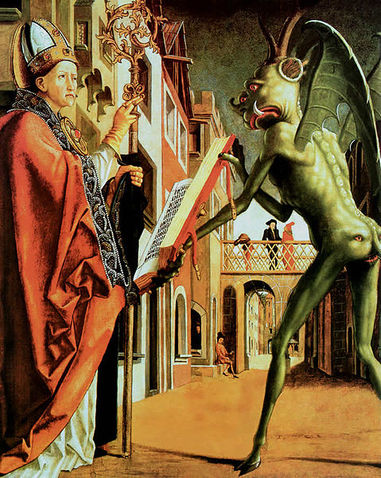Remember yersterday I wrote about the beheading game of Sir Gawain and the Green Knight? I began to wonder why the "villain" wore green, since it's not a usual "villain color", if that's a real thing.
In English folklore and literature, green was traditionally used to symbolise nature and its associated attributes: fertility and rebirth. Stories of the medieval period also used it to allude to love and the base desires of man. Because of its connection with faeries and spirits in early English folklore, green also signified witchcraft, devilry and evil. It can also represent decay and toxicity. Oh dear. In the case of the Green Knight tale, when combined with gold, as in the girdle, green was often seen as representing youth's passing.
In Celtic mythology, green was associated with misfortune and death, and therefore avoided in clothing. There goes my idea that Celtics wore lots of greens. Back to the drawing board for my Celtic costume!
In English folklore and literature, green was traditionally used to symbolise nature and its associated attributes: fertility and rebirth. Stories of the medieval period also used it to allude to love and the base desires of man. Because of its connection with faeries and spirits in early English folklore, green also signified witchcraft, devilry and evil. It can also represent decay and toxicity. Oh dear. In the case of the Green Knight tale, when combined with gold, as in the girdle, green was often seen as representing youth's passing.
In Celtic mythology, green was associated with misfortune and death, and therefore avoided in clothing. There goes my idea that Celtics wore lots of greens. Back to the drawing board for my Celtic costume!
~Ally

 RSS Feed
RSS Feed